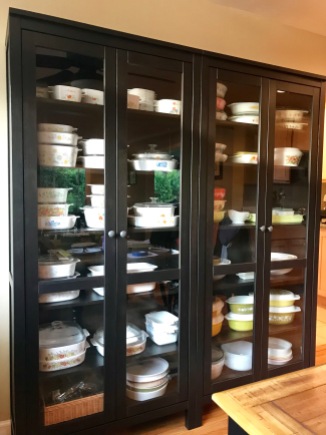Corned beef and cabbage is a must for any St. Patrick’s Day feast. And if haven’t cured your own corned beef, you’ve gotta try it! It really is pretty easy if you plan ahead — like brining a turkey, but for 5-7 days. The one special ingredient you need is curing salt (sodium nitrite), also known as prague powder or pink salt (not the same as Himalayan pink salt). It’s easiest to purchase online — I bought this one a couple years ago and it will probably last me forever.
Typically corned beef is made from brisket — but any tough cut will do (must be suited for long, slow cooking, like a pot roast). So this time I’m trying it with a chuck roast. That has led to a slight hiccup in my menu planning: Because the roast is thicker than a brisket, there’s no room for cabbage in my slow cooker! Consequently I’ve added a mustardy coleslaw to the lineup, which I think complements the corned beef pretty well.
This year’s St. Patrick’s Day menu:
- Home-Cured Corned Beef (roughly based on this curing recipe and this cooking recipe)
- Mashed Potato Casserole with Cheddar and Green Onions (recipe)
- Braised Collard Greens (recipe: Braised Winter Greens from Cook’s Illustrated‘s More Best Recipes)
- Mustardy Cabbage and Apple Slaw (recipe)

Pictured: Corning Ware Green Macrame P-332 Roaster, Corning Ware April DC-1 1/2-B Designer Casserole, Pyrex Spring Blossom 043 Oval Casserole, Pyrex Verde 444 Cinderella Mixing Bowl





































